Quitobaquito Springs
This oasis-like spring in the Sonoran Desert is home to unique, endangered species.
Deep in the Sonoran Desert, in a remote corner of Organ Pipe Cactus National Monument and only a few hundred feet away from the United States-Mexico border, is a surprising sight. Surrounded by arid desert to the horizons and beyond in every direction is a lush and lively freshwater pond. This is Quitobaquito Springs.
Humans have visited Quitobaquito for thousands of years. Artifacts found there have been dated to at least 16,000 years ago. The first recorded European to visit the springs was Father Eusebio Francisco Kino, a Jesuit missionary, explorer, and cartographer in 1698. He named the springs San Sergio and established a Catholic mission in nearby Sonoyta, Mexico.
In 1937, President Franklin Delano Roosevelt established Organ Pipe Cactus National Monument and 20 years later, in 1957, the Orosco family sold their adjacent land, including Quitobaquito Springs, to the government and it was added to the national monument.
These protected springs are the only place to find several endangered and threatened species within the United States. The Quitobaquito pupfish, the Sonoyta mud turtle, and the Quitobaquito spring snail only live there and within a small number of other springs in Mexico.
Today, however, this rare and fragile habitat is under threat because of its proximity to the border. Planned construction of a wall along the border could disrupt both the aboveground ecosystems and the underground water sources that feed the springs. The Department of Homeland Security has stated that it will not pump underground water for the production of concrete within five miles of Quitobaquito Springs, but scientists are still concerned that the aquifer will be damaged and that a wall will threaten the fragile ecology of the area by limiting the natural migrations of wildlife.
Know Before You Go
The springs are within Organ Pipe Cactus National Monument and is subject to occasional closures due to its proximity to the border. Consider stopping by the park visitor center to make sure you're good. There is a small parking area near the springs. Some of the roads leading to the springs are unpaved but should be driveable by most cars.
Community Contributors
Added by
Edited by
Plan Your Trip
The Atlas Obscura Podcast is Back!



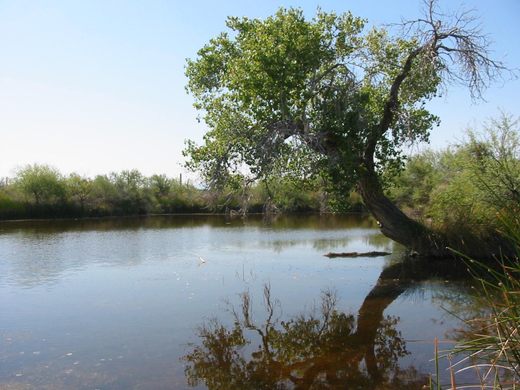







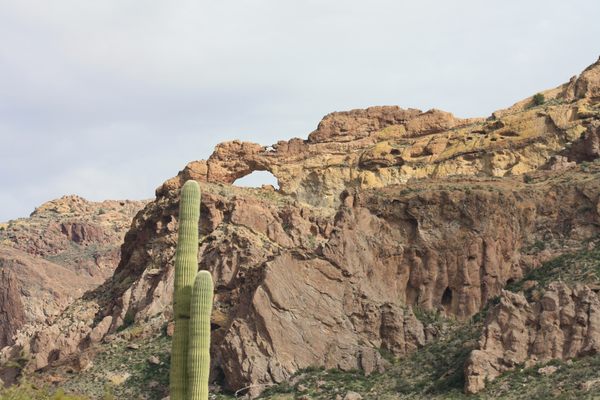


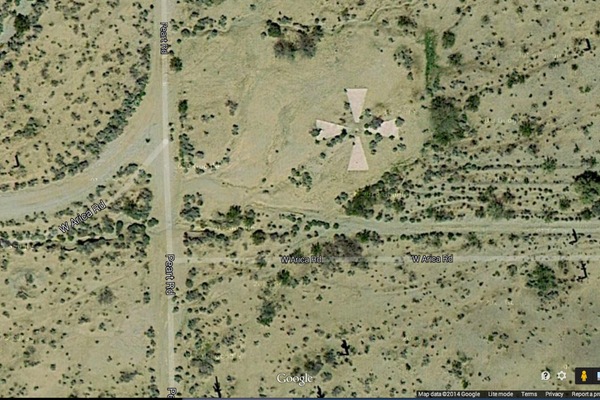
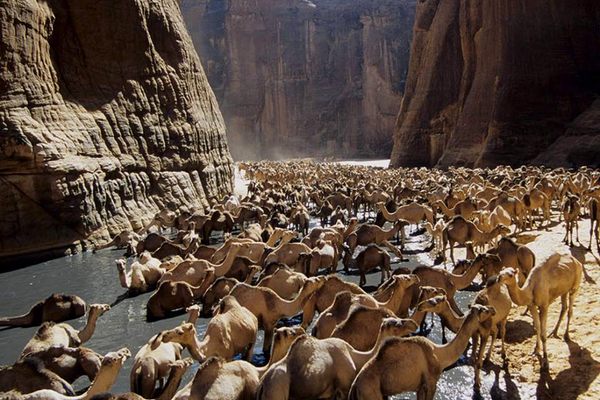
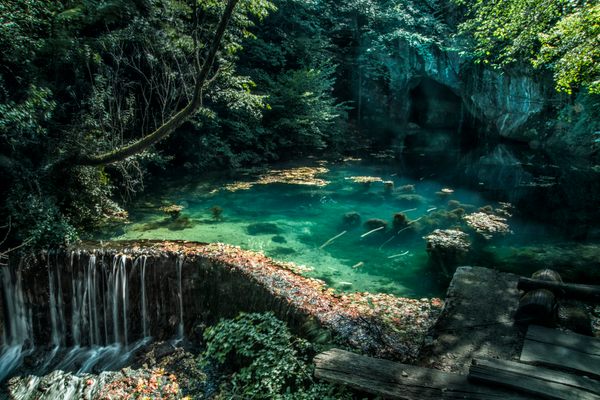



Follow us on Twitter to get the latest on the world's hidden wonders.
Like us on Facebook to get the latest on the world's hidden wonders.
Follow us on Twitter Like us on Facebook